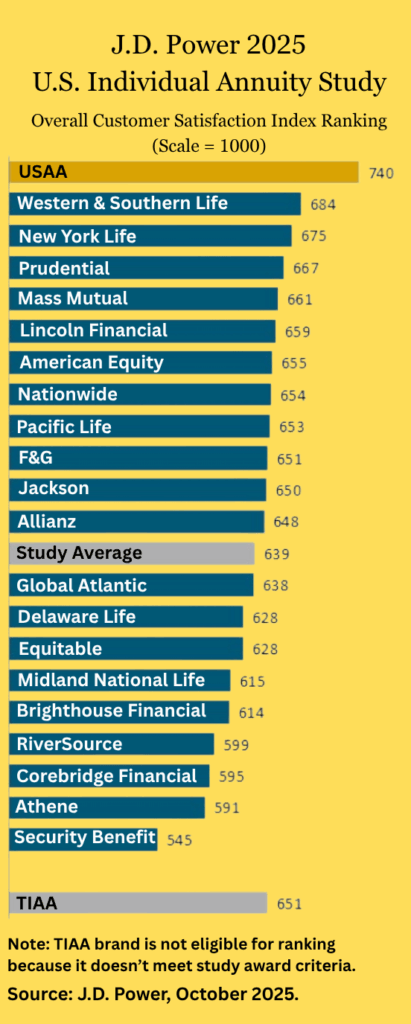Despite the benefits annuities offer, retirement plan participant sentiment remains a considerable hurdle. Asset managers and recordkeepers should consider marketing guaranteed income products as part of a diversified retirement income strategy rather than as a complete solution, according to the latest Cerulli Edge—U.S. Retirement Edition.
As of 2024, 91% of asset managers believe annuity products carry a negative stigma (19% strongly agree, 72% agree), compared to 79% in 2019 (24% strongly agree, 55% agree). Although the percentage of those that “strongly agree” declined slightly, overall agreement has increased, indicating that more asset managers now recognize the persistence of this stigma.
“Annuities continue to face perception issues due to high fees, complexity, lack of transparency, and concerns about insurer solvency, all of which deter plan participants,” says Idin Eftekhari, senior analyst. “The tradeoff between liquidity and a guaranteed income stream is unappealing for many participants. While annuities provide predictable payments, they do so at the cost of limiting a participant’s access to capital,’’ he adds.
At the same time, there is growing uncertainty or divergence in opinions regarding the necessity of guaranteed income in retirement solutions among asset managers. In 2019, 42% of asset managers believed an effective in-plan retirement income solution must include a guaranteed component; however, by 2024, this declined to 37%. Meanwhile, neutrality has increased (from 18% to 25%), while general disagreement remains consistent (39% in 2019 versus 38% in 2024).
“While some participants prioritize liquidity and growth potential, others place more value on the peace of mind provided by a guaranteed income stream,” says Eftekhari. “These individuals are comfortable with dedicating a portion of their retirement assets to an annuity, ensuring a predictable cash flow to cover essential expenses. The tradeoff between liquidity and security is acceptable for this population, as the guaranteed payments help reduce anxiety about market fluctuations and longevity risk.”
Recognizing varying preferences will be crucial in designing effective defined contribution (DC) plan structures. DC plans can offer structured drawdown strategies that provide flexibility while mitigating longevity risk rather than incorporating a strict guaranteed income component. Target-date funds, managed payout funds, and dynamic withdrawal frameworks represent viable alternatives to annuitization. These approaches allow participants to maintain growth exposure while implementing systematic withdrawal methodologies tailored to their spending needs.
“While the allure of guaranteed income is understandable—offering retirees a predictable stream of payments—it may not necessarily be an imperative,” says Eftekhari. “Asset managers committed to distributing guaranteed income products must collaborate with recordkeepers to enhance participant education, servicing, and support,” he concludes.


